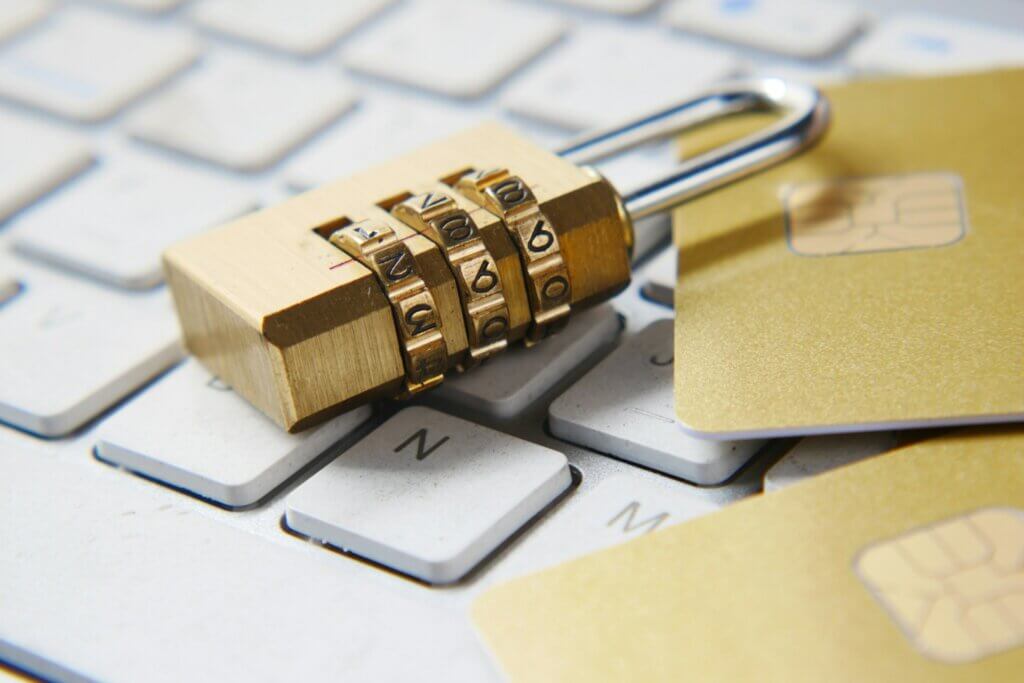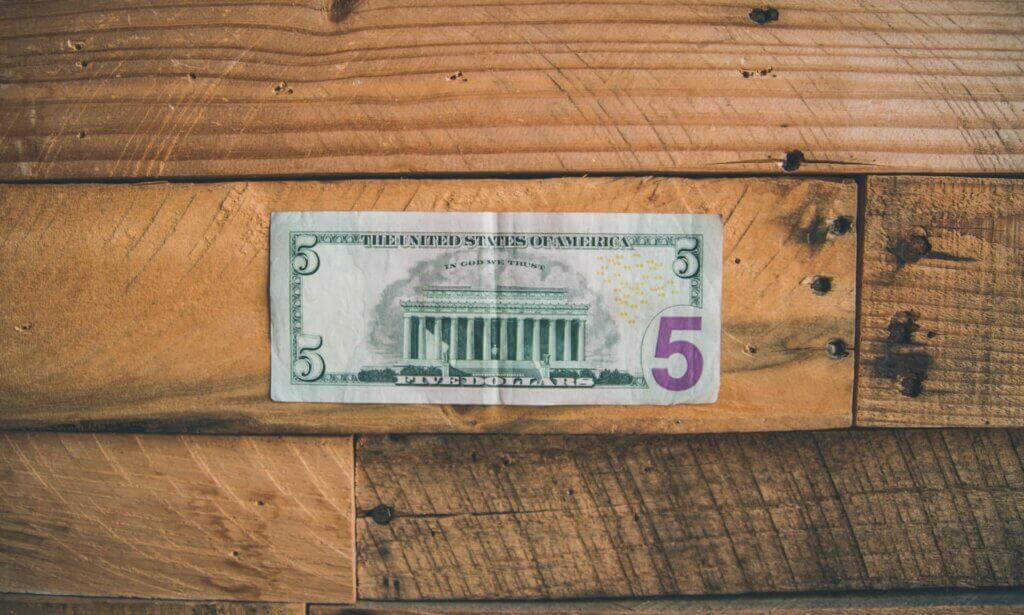You’re at a local restaurant grabbing takeout when a notification pops up on your phone.
Your bank wants to know: did you just try to open a credit card in a store 200 miles away from the restaurant you’re currently sitting in?
Chances are someone else is trying to use your information to get credit in your name.
Scenarios like this are more common than you’d think.
Fortunately, you have options to protect yourself from becoming a victim of credit fraud.
One of the strongest is a credit freeze, which is a simple way to control who can and cannot access your credit report.
Setting up a credit freeze isn’t complicated, and you don’t need to be a financial expert to do it. In this article, you’ll learn exactly what you need to know to get it done quickly and easily.
We’ll help you understand what a credit freeze is (and what it isn’t), the benefits of credit freeze protection, the differences between a credit freeze and a credit lock, when it makes sense to freeze your credit, and how you can use it to manage your credit and safeguard your identity against fraud.
What Is a Credit Freeze?
In 2024, just over 449,000 people filed complaints about fraudulent use of their information with new or existing credit card accounts (and that includes only reported cases).
A credit freeze helps you avoid the issue altogether. It provides an added layer of protection when your identity or personal information has the potential to be compromised.
When someone tries to open new credit in your name, a credit freeze stops them cold (pun intended!).
When you freeze your credit, you tell the three major credit bureaus—Equifax, Experian, and TransUnion—to limit who can access your credit file.
That means that if someone else tries to open a new credit card, auto loan, or even a mortgage in your name, the lender won’t be able to check your credit. No credit check means no approval.
Here’s what a credit freeze doesn’t do:
- It doesn’t affect your current credit cards, loans, or accounts.
- It doesn’t change your credit score.
- It doesn’t stop you from using your credit normally.
Think of it as having a bouncer for your financial identity. No one gets in to look at your credit report unless you explicitly give them permission.
Benefits of Freezing Your Credit
The biggest benefit is simple: a credit freeze protects you against identity theft.
Even if an identity thief has sensitive information like your Social Security number and personal details, a credit freeze blocks them from stealing your identity to open new accounts.
Here are some additional benefits of credit freeze protection:
- Gives you peace of mind knowing your credit is off-limits to criminals.
- It’s free. You can freeze or unfreeze your credit anytime at no cost.
- Doesn’t impact your credit score or your existing loan accounts.
- Puts you in control of when and how your credit is accessed.
If you decide you want to apply for new credit yourself, you’ll need to lift the freeze temporarily.
Many people see this extra step as an advantage. It creates a pause, letting you be more intentional about the number and type of credit accounts you choose to open.
How a Credit Freeze Works
Setting up a credit freeze may sound technical, but it’s easier than it seems. Most people can put credit freezes in place with all three credit bureaus in under 30 minutes.
Here’s how to freeze your credit step by step:
1. Contact All Three Credit Bureaus
You’ll need to request a freeze from Equifax, Experian, and TransUnion separately. There isn’t a single place to do all three at once.
We’ve included links to the dedicated credit freeze pages for each bureau here to help make your life easier:
You need to contact each of the bureaus directly to place a freeze on your credit. If you don’t want to do it online, you can request a credit freeze by phone or mail.
2. Create an Account and Verify Your Identity
Each bureau will ask for details like your Social Security number and past addresses to confirm it’s really you. Enter the requested information and create your personal account.
3. Place the Freeze
Once verified, you can activate your credit freeze instantly online. You’ll also get a PIN or passcode from each bureau. Keep these somewhere safe: you’ll need them to unfreeze your credit later.
4. Unfreeze When You Need To
If you want to apply for credit, you can:
- Temporarily lift the freeze for a set time (like 24–72 hours).
- Allow specific lenders to check your credit and then refreeze it.
- Remove the freeze entirely if you decide to do so.
Most temporary requests to unfreeze your credit take effect within minutes to an hour.
Credit Freeze vs. Credit Lock
Credit locks also prevent unauthorized access to your credit history, but they aren’t the same as a freeze.
A credit freeze:
- Is regulated by federal law.
- Is always free.
- Requires your PIN or passcode to lift.
- Is placed directly through the credit bureaus’ official websites.
A credit lock:
- Is usually part of a credit monitoring service (which may be offered by the bureaus).
- Is sometimes included free, but is often part of a paid subscription to a credit monitoring product.
- Lets you toggle access on or off easily online or through an app, if the service offers one.
- Doesn’t come with the same legal protections as a freeze.
Think of it this way: a freeze is like putting an electrified fence topped with barbed wire around your credit history. It’s difficult to penetrate and designed for maximum security.
A credit lock is more like chicken wire: convenient and somewhat secure, but not quite as good at keeping out unwanted intruders.
Both limit who can access your credit file. If you want maximum protection, a credit freeze is probably best for you. If you value ease and convenience, a credit lock may be a better fit.
Either option is better than having no protection at all.
When To Consider a Credit Freeze
You don’t need to wait for your identity to be stolen or unauthorized credit activity to use a credit freeze. Many people do it proactively.
Here are some situations where putting a credit freeze in place may make sense:
- After a data breach: If a company you do business with notifies you that your private information may have been compromised, freezing your credit can help prevent fraud.
- If your wallet or ID is lost: It can buy you time while you replace important documents.
- After suspicious credit activity: If you notice an unfamiliar inquiry on your credit report or receive a denial for a credit account you never applied for.
- For peace of mind: If you’re not planning on applying for new credit soon, a freeze can offer some additional security.
- Before big life events: Some people freeze their credit until they’re ready to apply for a mortgage, car loan, or make another big financial move.
Keep in mind, a credit freeze doesn’t mean shutting down your access to credit. You can always lift it whenever you need to.
Your Credit, Your Choice
Protecting yourself from identity theft and credit fraud doesn’t have to be complicated or stressful.
A credit freeze is one of the most effective ways to take control of your financial security, and it’s completely free and reversible whenever you choose.
Whether you’ve experienced suspicious activity or just want to be proactive about protecting your finances, a credit freeze puts you in charge.
You get to decide who can access your credit history and when, which is exactly how it should be.
At Kudzu we understand that financial security comes from developing smart daily habits.
Our savings accounts help you build emergency funds that can help protect you when unexpected expenses hit, while our educational resources teach you how to spot potential fraud and manage your credit responsibly.
Combining strategic credit freezes with consistent saving and smart spending habits lets you create financial resilience that lasts, and that’s priceless.
Join others who are building strong financial foundations with the Kudzu app.



